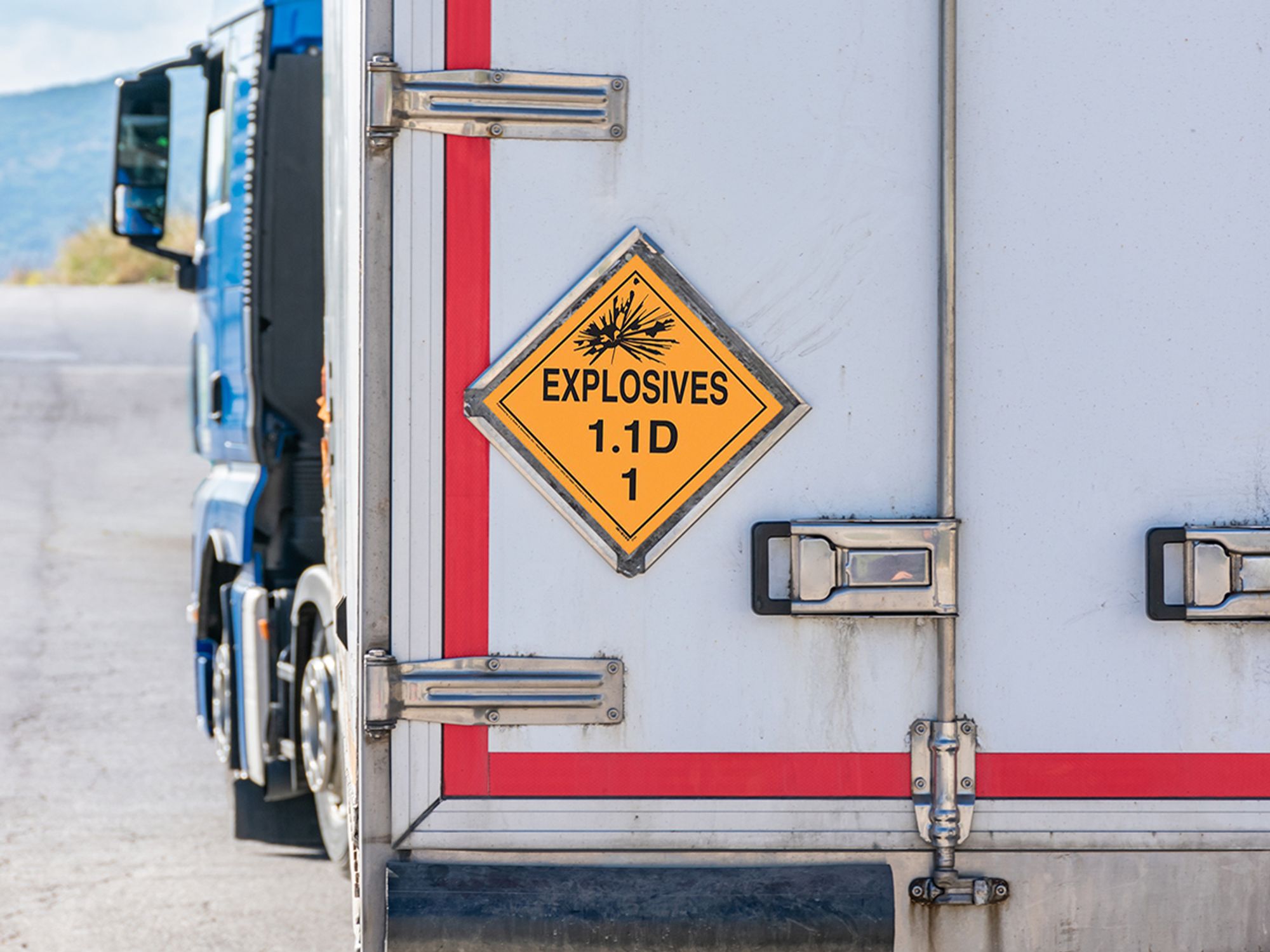Who regulates the transportation of dangerous goods in Canada?

- Regulations on the transportation of dangerous goods are maintained by Transport Canada, Transportation of Dangerous Goods (TDG) Directorate which serves as the primary source of information for all TDG stakeholders.
- Transport Canada is Canada’s federal transportation agency responsible for regulating air, marine, rail, and road transportation.
- In Canada, the dangerous goods regulatory requirements apply to anyone transporting dangerous goods, even if the dangerous goods are being transported for personal use.
Regulations on the transportation of dangerous goods are maintained by Transport Canada, Transportation of Dangerous Goods (TDG) Directorate. The TDG Directorate is responsible for regulatory development and serves as the primary source of information and guidance for all TDG stakeholders, including the general public, the TDG industry, and government.
While the regulations are federal, each Canadian jurisdiction is responsible for enforcing the dangerous goods regulations.
Transport Canada
Transport Canada is Canada’s federal transportation agency. The agency is responsible for regulating air, marine, rail, and road transportation.
In the United States, the Federal Motor Carrier Safety Administration (FMCSA) is responsible for promulgating regulations that help reduce commercial vehicle accidents and deaths. Canada, however, doesn’t have an FMCSA equivalent. Transport Canada has delegated most of its authority to regulate motor carriers to the jurisdictional governments.
Transport Canada has retained its authority to enact the following regulations (of interest to commercial motor vehicle operators):
- Transportation of Dangerous Goods (TDG) regulations, and
- Commercial Vehicle Driver’s Hours of Service regulations.
Enforcement
Contrary to what some might believe, Canada’s federal transportation agency, Transport Canada, does not function in the same manner as the United States Department of Transportation with regards to commercial vehicle enforcement. In fact, Transport Canada does not have an enforcement branch nor do they enforce commercial transportation on a large scale. Transport Canada has fully delegated its commercial vehicle enforcement authority to the provincial and territorial governments (collectively called “jurisdictions”).
Who must comply with the regulations?
The short answer is: Everyone. In Canada, the dangerous goods regulatory requirements apply to anyone transporting dangerous goods, even if the dangerous goods are being transported for personal use.
There are exceptions when transporting dangerous goods in small quantities and in specific situations. These are referred to as “special cases” in the Transportation of Dangerous Goods (TDG) regulations.
Are you required to register if you transport dangerous goods in Canada?
Yes, Transport Canada has implemented a Client Identification Database (CID) registration system for anyone or any organization that imports, offers for transport, handles, or transports dangerous goods in Canada. Transport Canada will use the database to better assess risk, enhance overall safety measures, and facilitate effective communication and collaboration between Transport Canada and registered persons or organizations.
Canada-United States reciprocity
With the amount of materials going back and forth between the two countries, it is only logical that Canada and the United States have reciprocity, so the country of origin may use its own set of regulations to transport dangerous goods/hazardous materials. And, of course, there is reciprocity.
However, reciprocity does not always apply. Differences do exist and additional training may be needed. If a dangerous good is regulated in Canada, but not in the United States, it must be shipped according to the TDG Clear Language Regulations. Likewise, if a hazardous material is regulated in the United States, but not in Canada, it must be shipped according to 49 CFR.
If a substance is regulated in the United States by 49 CFR but is not regulated in Canada, Canada’s regulations allow a person to transport the substance between Canada and the United States by road vehicle or railway vehicle in accordance with all or part of 49 CFR.
